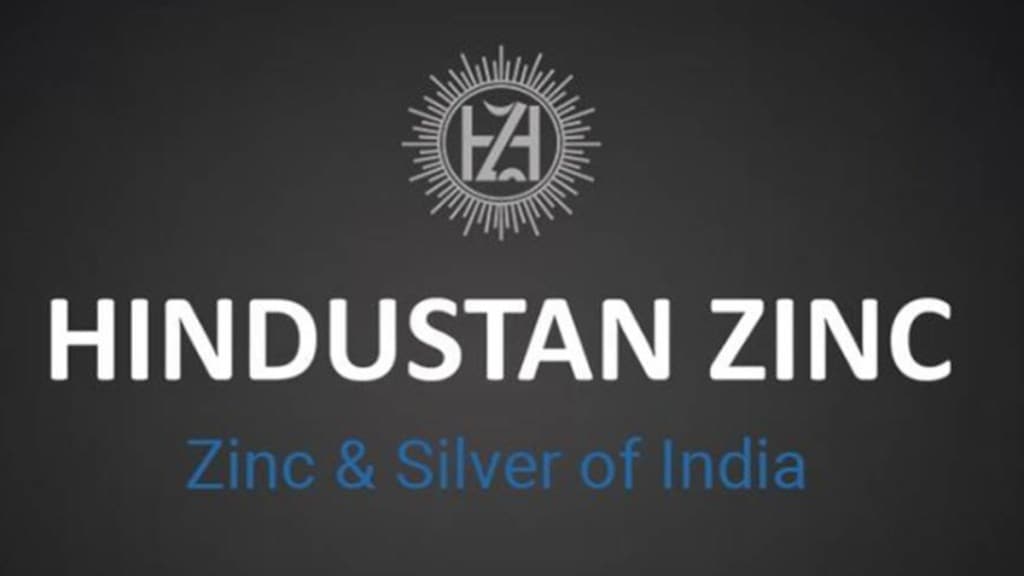The conflict between the Union ministry of mines and Hindustan Zinc Ltd (HZL) over the latter’s plan to purchase the global zinc assets of Vedanta Resources for $2.98 billion has raised quite a few questions. Prima facie, however, both sides had enough reasons to take an opposite view on the deal. The move will help Vedanta Resources to trim its $7.7 billion net debt and allay concerns after S&P Global Ratings raised doubts about the group’s financial health. S&P Global had said Vedanta Resources’ ability to meet its financial obligations beyond September would depend on a planned $2 billion fundraising as well as the proposed sale of THL Zinc Ltd, a Vedanta unit that holds zinc assets in Africa. On the other hand, the government is justified in opposing the deal –after all, at current valuations, the deal would wipe out the entire cash on the books at HZL. This has the potential of derailing the government’s plan to sell the 29.5% residual stake it still holds in the company.
But the HZL board’s decision to approve the plan to buy the parent company’s assets is puzzling, to say the least. First, the three government representatives on the company’s board had recorded their dissent, which means the board was fully aware that any resolution to buy the assets will be defeated at the shareholders’ meeting that HZL has to call within three months of announcing the deal. Under the law, minority shareholders have to sign off any board decision on related party transactions. Usually, in such transactions, it’s customary to informally sound out a major shareholder and get their consent before going ahead with the transaction. Ostensibly, that was not done in this case. No one knows why the HZL board stuck to its decision: was it hoping for a sudden change of mind on the part of the government? The basis for that confidence isn’t very clear.
The government’s stand on the issue is equally unclear. For example, the ministry took more than 10 days to inform the stock exchanges (media reports were quoting unnamed government officials till then) about its opposition to the deal. The communication did not give any reason for the delay. The other surprise was the government asking HZL to explore cashless methods of acquisition of Vedanta’s zinc assets. In other words, the government is not opposed to HZL acquiring these assets, as long as it’s not in cash. One possible explanation for this could be that the government is looking at exiting HZL at one go through an offer for sale instead of doing it in tranches as is being speculated at present. Otherwise, even a “cashless purchase” of Vedanta assets would hurt minority shareholders. To be fair, the road to sell the residual stake sale has been full of hurdles for reasons that were beyond the government’s control. The government had sold 45% of its stake in HZL for around `769 crore in 2003. But the decision landed up in courts after the Central Bureau of Investigation found irregularities on the terms in which the disinvestment was done. But now that the Supreme Court has upheld the decision to sell the residual stake, the government should seize the moment and exit HZL as soon as possible. Apart from the fact that it has no business of remaining a minority shareholder in a private company, an outright sale of the residual stake might give it a much better valuation.

